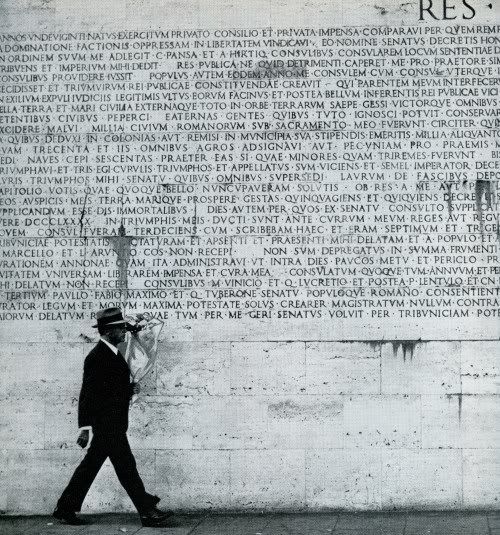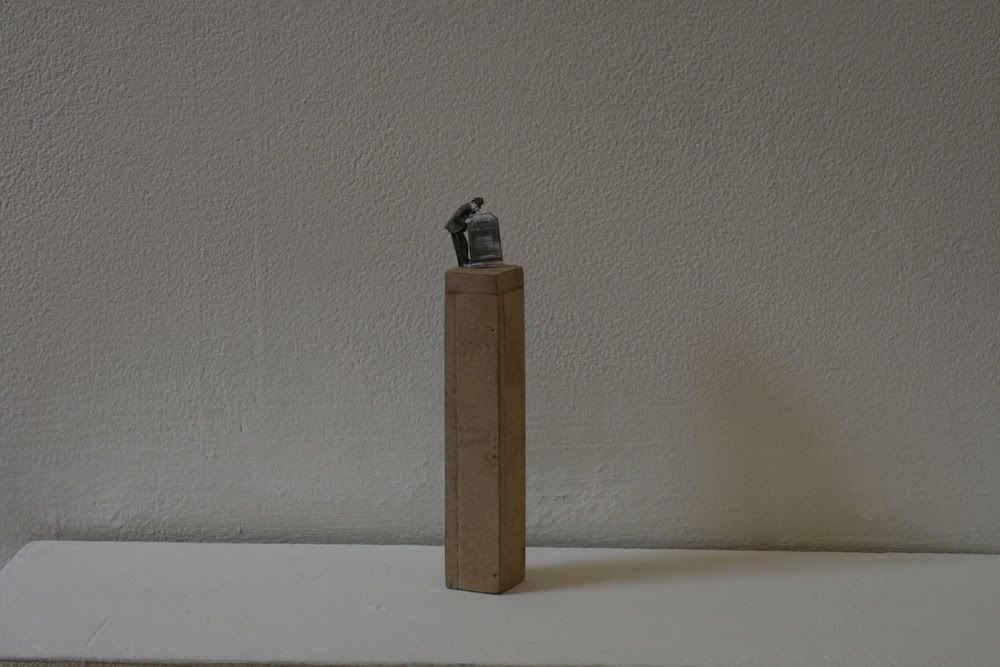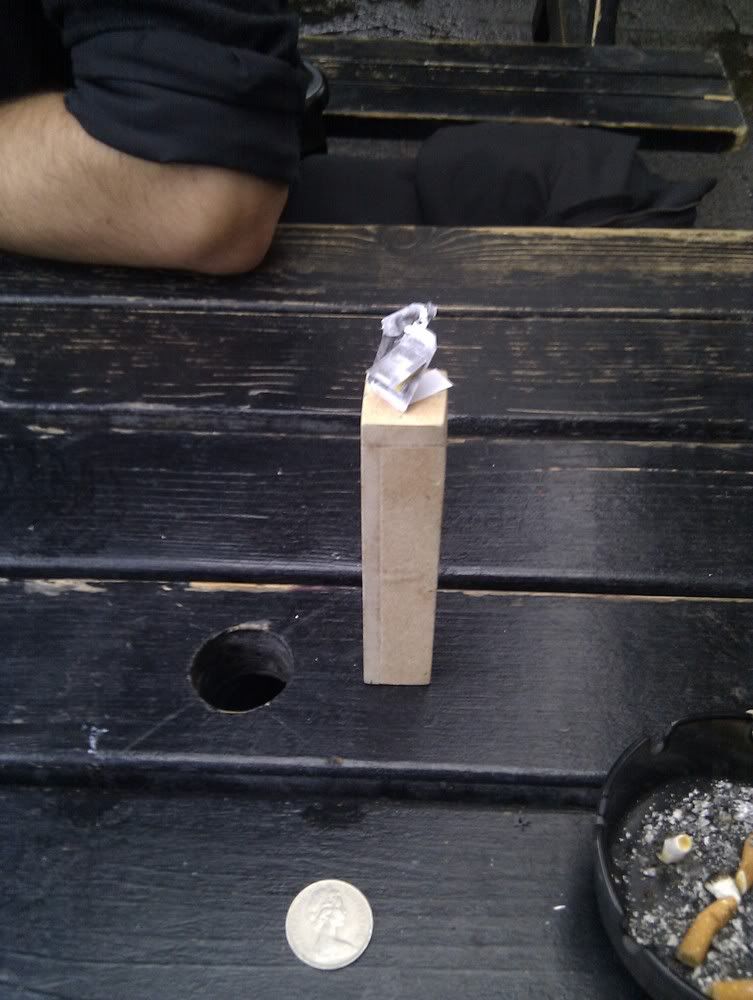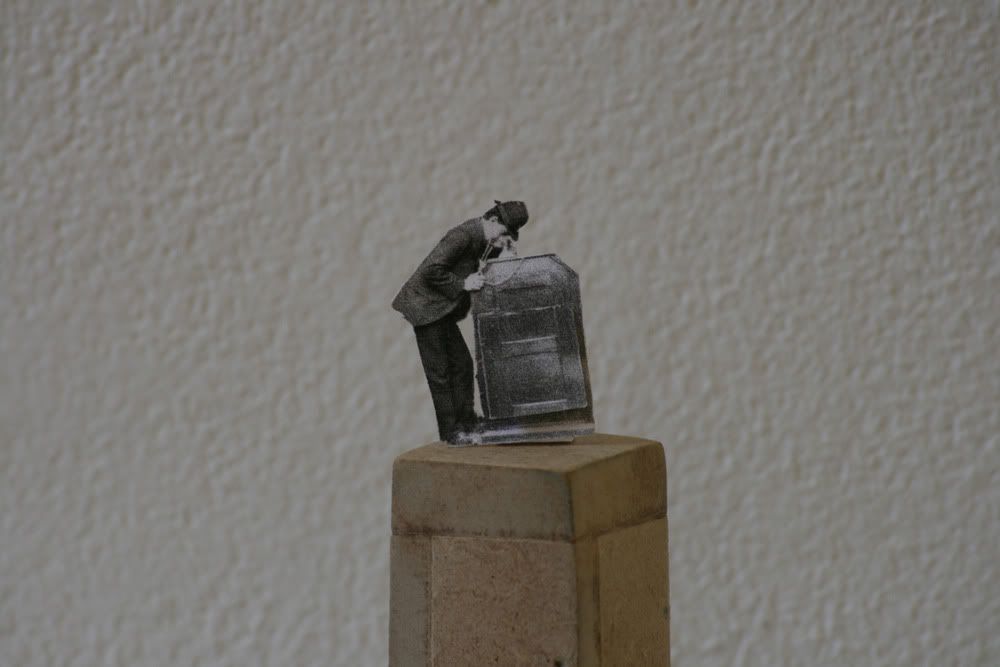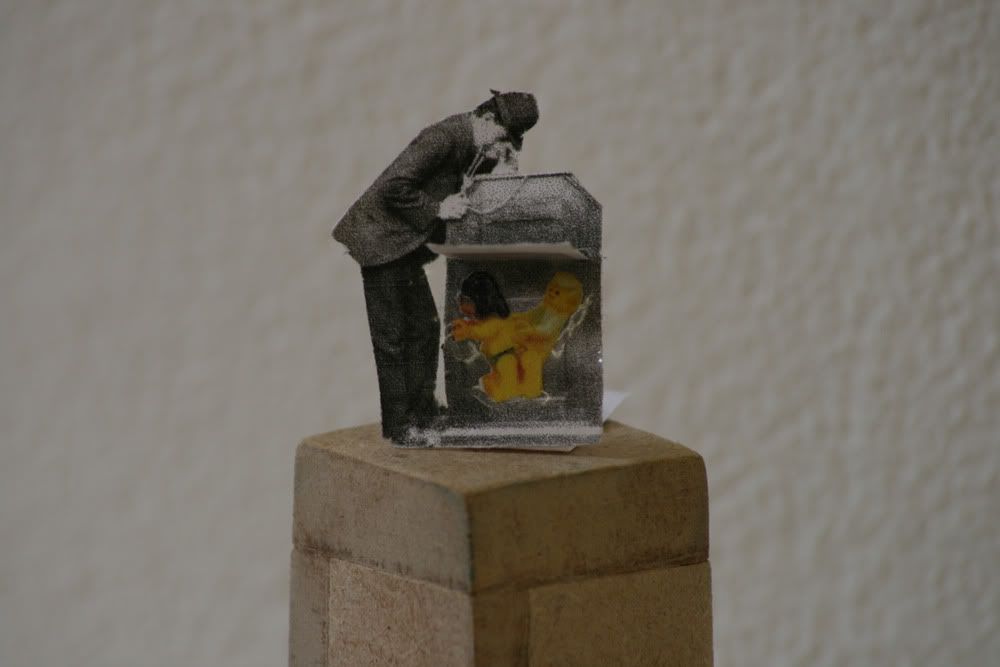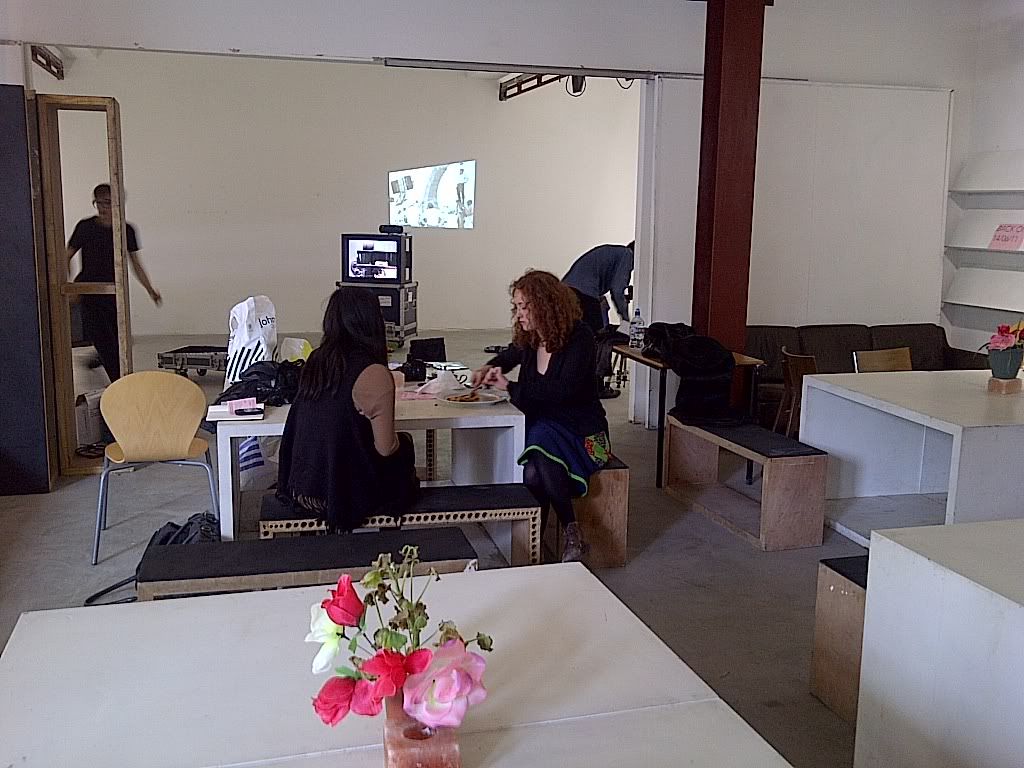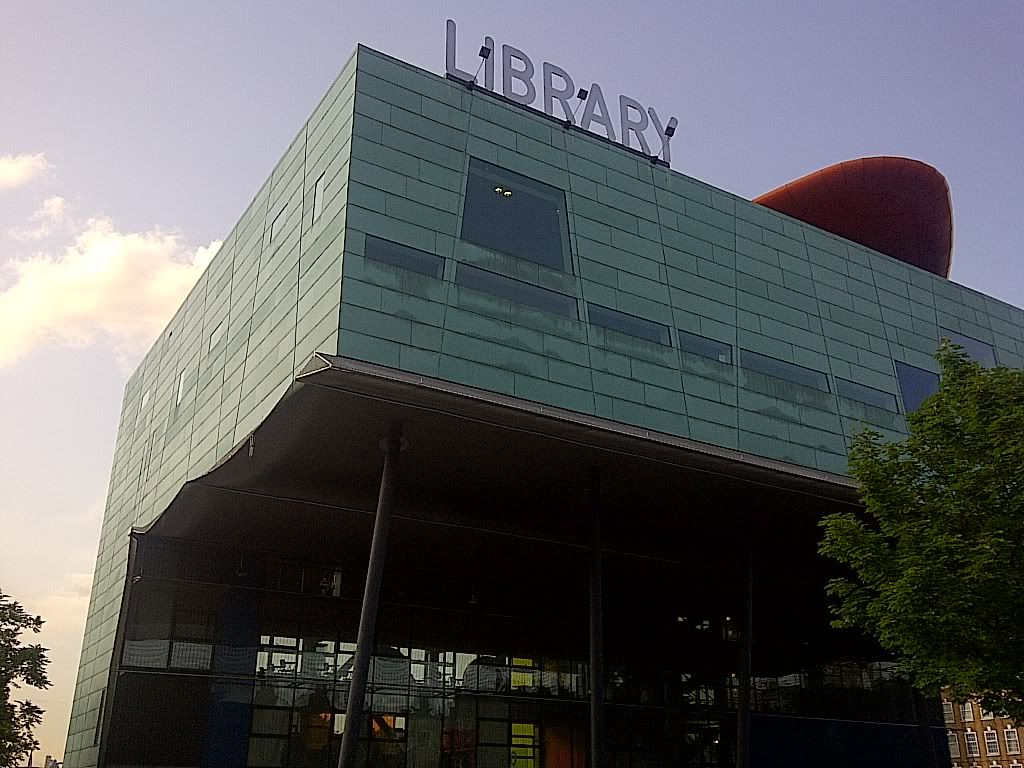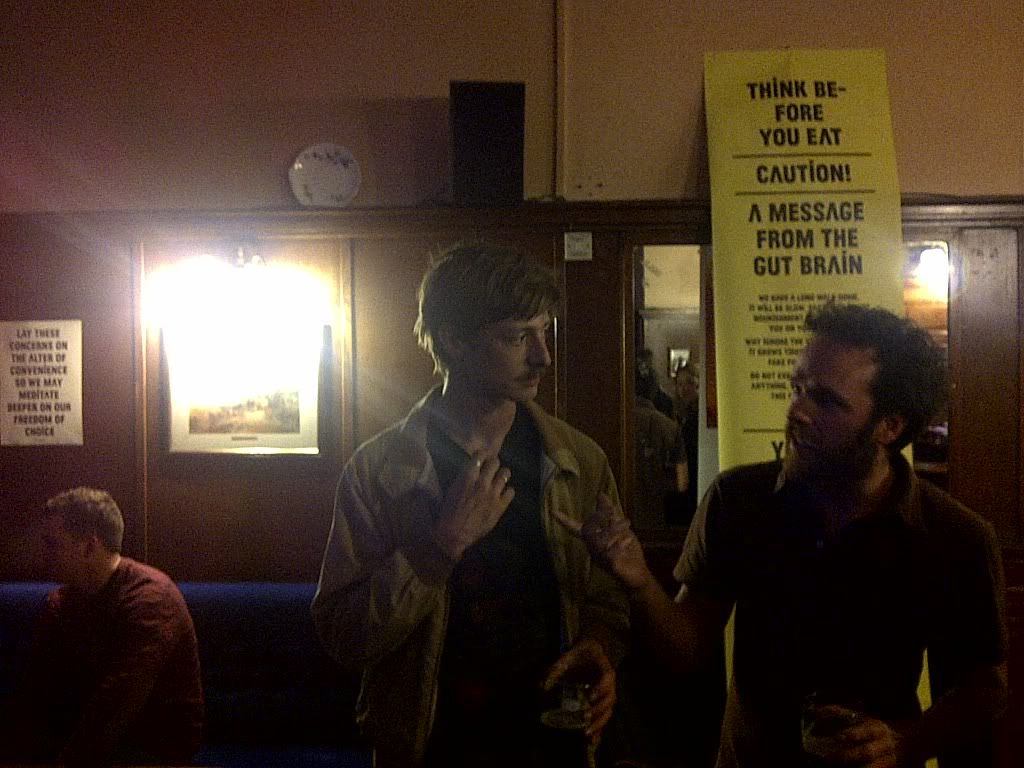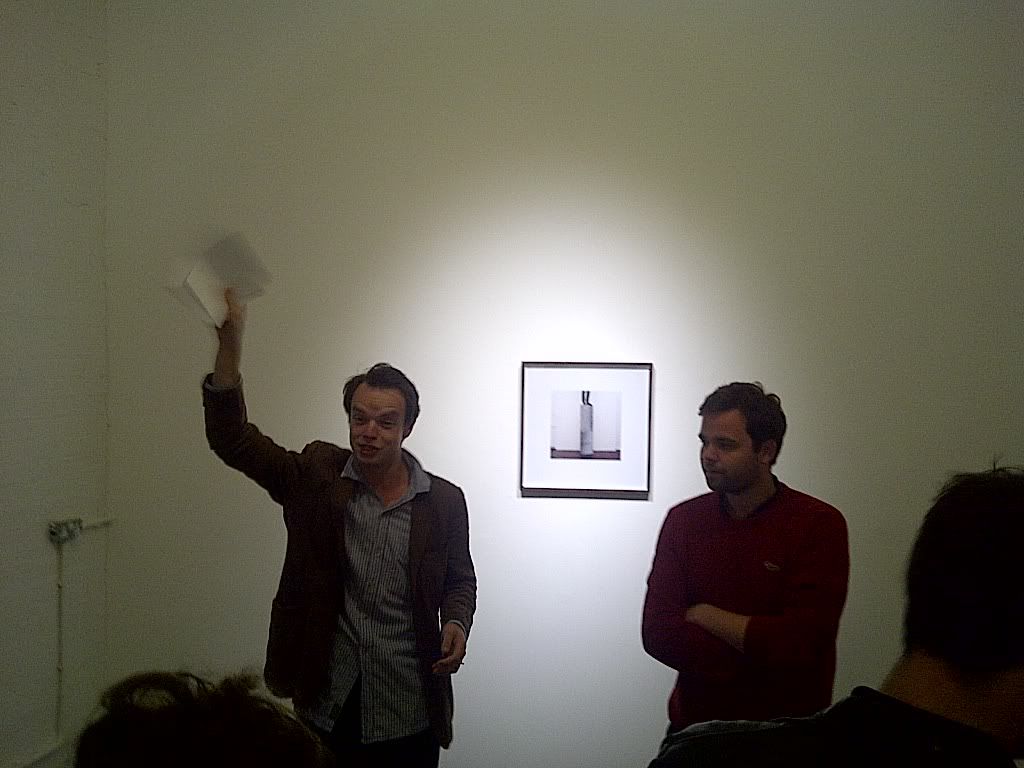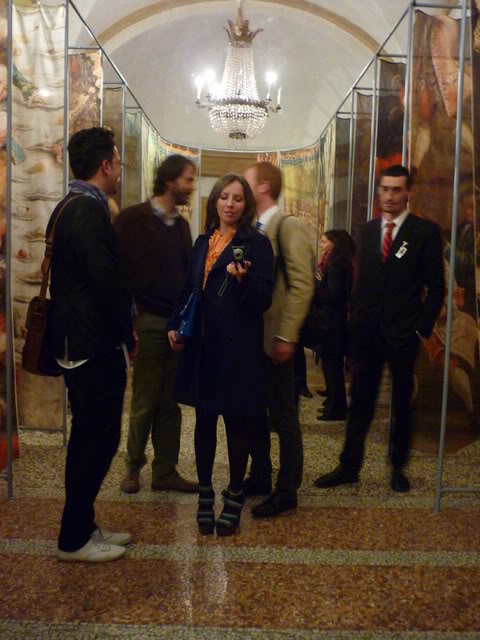I've been meaning to write a little ode to the Ara Pacis for some time, but a recent reading of a fine book about the life of Lucrezia Borgia - given to me by a friend a few years ago for Christmas, and shamefully taken off the shelf only a few weeks ago - rekindled my love of all things Roman following a bit of a post-PhD come down. Equally amusing was the realisation that Italy has changed very little in some respects. I mean the Borgias were quite something, but no less cunning or manipulative than Berlusconi, and no less fierce, brutal, or ambitious than Augustus.
I mean, if you read Livy's Ab Urbe Condita, or History of Rome (my comedy sketch summarising this book is legendary amongst those who frequented the Edinburgh University Classics library in 2004-5...), it's pretty much non-stop war from 753 BC until Augustus defeated Marc Antony at Actium in 31 BC. Sure, the Borgias were Spanish, but there's no institution as Italian as the Pope, and the Borgias were as violent and unscrupulous as the many an Italian ruler before them.
Lucrezia Borgia was married of three times, each time at the whim of her father - Rodrigo Borgia or Pope Alexander VI - or brother - Cesare Borgia - to forge a political alliance or bring in much-needed cash. I was amazed that so little should have changed in fifteen centuries of Italian history. As a means of cementing the alliance between the Second Triumvirate of Mark Antony and Octavian, later Augustus (the third party in the triumvirate was Aemilius Lepidus), Octavian offered his sister Octavia to Mark Antony (as his fourth wife! but hey, they died young back then). Of course, we all know the history: Antony and Octavian had a massive falling out, Antony divorced Octavia, and high tailed it back to Cleopatra in Egypt, Octavian defeated Antony and from 27 BC onwards, Augustus ruled the newly reinstated "Republic" with an iron fist masquerading as a velvet glove. Augustus became emperor in name, but his control over the Senate derived from the fact that he was head honcho of most of Rome's twenty five legions. All things considered, it was a miracle, given the seven hundred years of blood-lusty history prior, that the Pax Romana lasted as long as it did - nearly two centuries - throughout the Med.

All of which finally brings me to the Ara Pacis Augustae, the Altar of Augustan Peace. While Augustus probably concocted the plans for the altar's construction himself, in his Res Gestae (like any politician, concerned with his image, Augustus wrote what was essentially the first political memoir rehashing all of the totally amazing feats he carried out throughout his lifetime. He instructed the Senate to create inscriptions of the text and the originals were engraved on bronze pillars and placed in front of his mausoleum. Being on bronze and smack in the middle of Rome, it's unsurprising that these have not survived, but other copies of the text have been found elsewhere throughout the empire, most famously the original Latin side by side with a Greek translation on a temple to Augustus in Ancyra in Turkey.) he writes that the Senate resolved to build an altar near the Campus Martius in honour of his safe return from Hispania and Gaul. Augustus was obsessed with the customs of the old-school, farm-dwelling, porridge-eating Romans who were stoic and pious and didn't indulge Trimalchio style in 12-hour feasts or festoon themselves with loads of Egyptian gold or marry their daughters off for political advantage... and part of the plan with the Ara Pacis was to make a song and dance about the return of these simpler, more honourable customs.

Augustus' Res Gestae, now inscribed on the side of Meier's museum
I mean, if you read Livy's Ab Urbe Condita, or History of Rome (my comedy sketch summarising this book is legendary amongst those who frequented the Edinburgh University Classics library in 2004-5...), it's pretty much non-stop war from 753 BC until Augustus defeated Marc Antony at Actium in 31 BC. Sure, the Borgias were Spanish, but there's no institution as Italian as the Pope, and the Borgias were as violent and unscrupulous as the many an Italian ruler before them.
Lucrezia Borgia was married of three times, each time at the whim of her father - Rodrigo Borgia or Pope Alexander VI - or brother - Cesare Borgia - to forge a political alliance or bring in much-needed cash. I was amazed that so little should have changed in fifteen centuries of Italian history. As a means of cementing the alliance between the Second Triumvirate of Mark Antony and Octavian, later Augustus (the third party in the triumvirate was Aemilius Lepidus), Octavian offered his sister Octavia to Mark Antony (as his fourth wife! but hey, they died young back then). Of course, we all know the history: Antony and Octavian had a massive falling out, Antony divorced Octavia, and high tailed it back to Cleopatra in Egypt, Octavian defeated Antony and from 27 BC onwards, Augustus ruled the newly reinstated "Republic" with an iron fist masquerading as a velvet glove. Augustus became emperor in name, but his control over the Senate derived from the fact that he was head honcho of most of Rome's twenty five legions. All things considered, it was a miracle, given the seven hundred years of blood-lusty history prior, that the Pax Romana lasted as long as it did - nearly two centuries - throughout the Med.

All of which finally brings me to the Ara Pacis Augustae, the Altar of Augustan Peace. While Augustus probably concocted the plans for the altar's construction himself, in his Res Gestae (like any politician, concerned with his image, Augustus wrote what was essentially the first political memoir rehashing all of the totally amazing feats he carried out throughout his lifetime. He instructed the Senate to create inscriptions of the text and the originals were engraved on bronze pillars and placed in front of his mausoleum. Being on bronze and smack in the middle of Rome, it's unsurprising that these have not survived, but other copies of the text have been found elsewhere throughout the empire, most famously the original Latin side by side with a Greek translation on a temple to Augustus in Ancyra in Turkey.) he writes that the Senate resolved to build an altar near the Campus Martius in honour of his safe return from Hispania and Gaul. Augustus was obsessed with the customs of the old-school, farm-dwelling, porridge-eating Romans who were stoic and pious and didn't indulge Trimalchio style in 12-hour feasts or festoon themselves with loads of Egyptian gold or marry their daughters off for political advantage... and part of the plan with the Ara Pacis was to make a song and dance about the return of these simpler, more honourable customs.

Augustus' Res Gestae, now inscribed on the side of Meier's museum
For much of his tenure as emperor, Augustus tried to reinstate the religious piety and strict work ethic and moral way of living from the good old days, whenever that was, they were always going on about the good old days of the Roman Republic during the early Empire, but if they read their Livy, they'd have known that there wasn't really anything too good about the good old days given that these Romans were always waging war. How did Augustus think Rome acquired so much territory? It's hardly surprising that after Augustus took power and stopped waging war on everyone - because they'd all been conquered and assimilated into Rome - the famous Pax Augustana resulted in the people of Rome becoming rich, spoiled, complacent, licentious, indulgent and lazy.
Anyway, the whole point of this altar was to act as a focal point for Augustus' ramming home of the importance of religious piety for the well-being of the Roman Empire: keep the gods happy, keep Augustus happy, and everything will be just fine. Also, obviously, the whole thing was one big celebratory howdy doo dah in honour of good old Augustus for bringing about peace and prosperity via one seriously kick-ass military.
They only used this thing once a year. ONCE A YEAR. It's like spending four years and 50 million pounds building an incredibly ornate and ridiculous metal scaffold masquerading as a sculpture thing on the Olympic site that people will only be able to use one day per year. At least people will be able to go on our silly red orbital accelerator more than just on one day a year.
What isn't immediately evident from the pictures - apart from pictures with people in the frame - is just how enormous the thing is. When you stand at the top of the steps leading up to the internal altar, your head barely reaches the top of the bottom set of panels. The thing was built to inspire and to intimidate, and I have to say, it still fulfils both functions incredibly well even today.


The altar is absolutely stunning; the quality of the stone carving is wonderful, of course, but the power of its iconographic symbolism is second to none. The Romans, but Augustus in particular, were excellent at iconography. If you're interested in this sort of thing, (ancient or modern political iconography) there's a wonderful book by Paul Zanker (which every Classics postgrad has read and loathed/loved) called The Power of Images in the Age of Augustus.
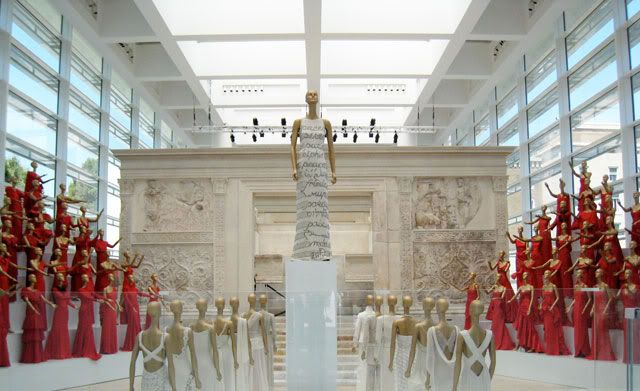
No idea what in the hell this is, but it's cool
Anyway, the whole point of this altar was to act as a focal point for Augustus' ramming home of the importance of religious piety for the well-being of the Roman Empire: keep the gods happy, keep Augustus happy, and everything will be just fine. Also, obviously, the whole thing was one big celebratory howdy doo dah in honour of good old Augustus for bringing about peace and prosperity via one seriously kick-ass military.
They only used this thing once a year. ONCE A YEAR. It's like spending four years and 50 million pounds building an incredibly ornate and ridiculous metal scaffold masquerading as a sculpture thing on the Olympic site that people will only be able to use one day per year. At least people will be able to go on our silly red orbital accelerator more than just on one day a year.
What isn't immediately evident from the pictures - apart from pictures with people in the frame - is just how enormous the thing is. When you stand at the top of the steps leading up to the internal altar, your head barely reaches the top of the bottom set of panels. The thing was built to inspire and to intimidate, and I have to say, it still fulfils both functions incredibly well even today.


The altar is absolutely stunning; the quality of the stone carving is wonderful, of course, but the power of its iconographic symbolism is second to none. The Romans, but Augustus in particular, were excellent at iconography. If you're interested in this sort of thing, (ancient or modern political iconography) there's a wonderful book by Paul Zanker (which every Classics postgrad has read and loathed/loved) called The Power of Images in the Age of Augustus.

No idea what in the hell this is, but it's cool
Scholars are - of course - not entirely in agreement as to the identities of every figure on every panel, but most are agreed that Augustus himself, along with his right hand man Agrippa, and other members of the fam, including the eventual heir to the Julio-Claudian throne, Tiberius make an appearance on the south frieze.

What's left of Augustus' Mausoleum, adjacent to the Ara Pacis

What's left of Augustus' Mausoleum, adjacent to the Ara Pacis
Amusingly, the Ara Pacis was saved and brought back to life by yet another of Italy's more fiery figures: Mussolini, who reinstated the excavation of the remaining pieces of the altar to celebrate the 2000th anniversary of the birth of Augustus. Unsurprisingly, the Fascists loved the Roman Empire (and many a doctoral thesis has been written to prove it...) and capitalised on the luck of having so many potent monuments in their midst. In 1938, Mussolini moved the Ara Pacis to a new spot near Augustus' Mausoleum - where it still stands today - as part of a grand plan to create an ancient Roman theme park, presumably to inspire a new generation of Romans.

Richard Meier's Ara Pacis museum

Richard Meier's Ara Pacis museum
In 2006, a new protective building for the Altar was unveiled. Built by Richard Meier, it was immediately declared to be a complete catastrophe, but I visited in 2007 and found it to be quite satisfactory. Sure, it's no looker from the outside, but it's lovely and light-filled on the inside and makes for a spectacular environment in which one can spend time with Augustus' marvellous structure.
But perhaps best of all, and something I never tire of investigating, is the total disconnect between what we see and think we know of classical art and the reality of what it actually once was. Even though I know what the statues and the monuments probably looked like back in the day, I've been conditioned to look at an ancient marble statue and see nothing but pure, pristine, cold, beautiful, white, white, white marble. Oh no, the Ara Pacis was subject to the same garish paint job as all the rest of the white marble that sits in countless museums. It makes sense, though, that the monuments and sculptures should be brightly coloured. I mean, purple was the imperial colour after all. Colour meant wealth. Decoration meant wealth. There's no way in hell that a rich Roman would have left a statue of solid marble plain old white. He'd want it as ostentatious as possible to show off how stonkingly rich he was.
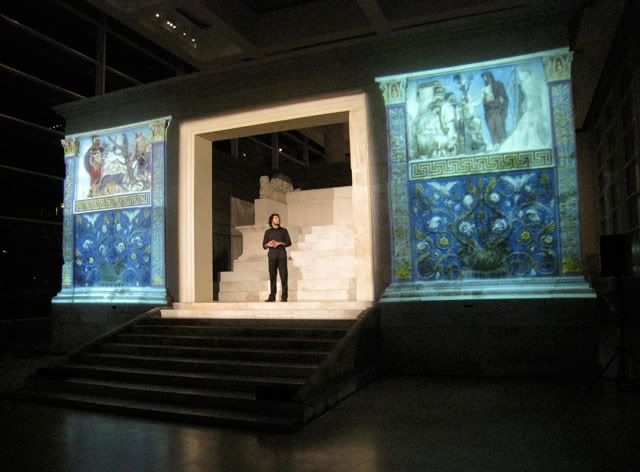
But perhaps best of all, and something I never tire of investigating, is the total disconnect between what we see and think we know of classical art and the reality of what it actually once was. Even though I know what the statues and the monuments probably looked like back in the day, I've been conditioned to look at an ancient marble statue and see nothing but pure, pristine, cold, beautiful, white, white, white marble. Oh no, the Ara Pacis was subject to the same garish paint job as all the rest of the white marble that sits in countless museums. It makes sense, though, that the monuments and sculptures should be brightly coloured. I mean, purple was the imperial colour after all. Colour meant wealth. Decoration meant wealth. There's no way in hell that a rich Roman would have left a statue of solid marble plain old white. He'd want it as ostentatious as possible to show off how stonkingly rich he was.

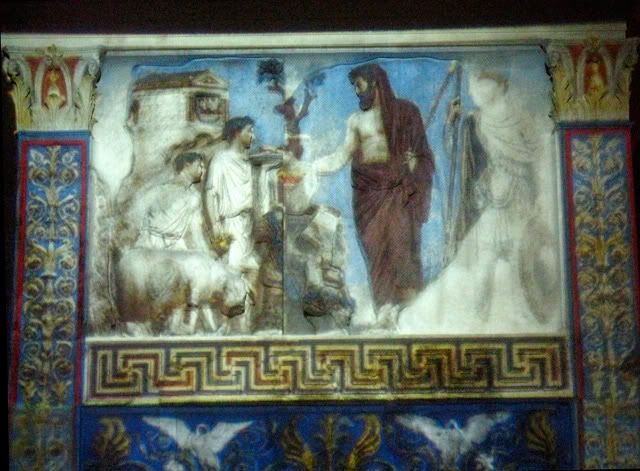
The museum has recently staged a brilliant reconstruction of the crazy, colourful paint job that they reckon the Ara Pacis would have had - taken from paint samples lifted off in the 1930s - but instead of mocking up a sample model, they've recreated the paint with an utterly ingenious light projection. It looks ridiculous, of course, but that's history for you. The real thing is never quite what we imagine.

